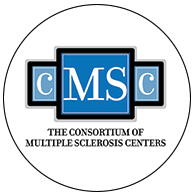Results from a Phase 2 clinical trial showed that five-year clinical outcomes of patients with highly active relapsing-remitting multiple sclerosis (RRMS) are significantly improved when patients are treated with high-dose immunosuppressive therapy combined with autologous hematopoietic cell transplantation.
The study, “Five-Year Outcomes of Halt-MS: High- Dose Immunosuppressive Therapy and Autologous Hematopoietic Cell Transplantation for Severe Relapsing-Remitting Multiple Sclerosis,” was recently presented at the June 1-4 2016 Annual Meeting of the Consortium of Multiple Sclerosis Centers (CMSC).
Researchers investigated the outcome of a combined treatment based on high-dose immunosuppressive therapy (including BCNU, etoposide, ara-C, melphalan, and antithymocyte globulin) and autologous hematopoietic cell transplantation in a cohort of patients with highly active RRMS who failed to respond conventional therapy. The team assessed the rate of sustained disease remission.
In total, 24 patients received high-dose immunosuppressive therapy/autologous hematopoietic cell transplantation. Patients were followed for a median period of 62 months.
In the first three years after high-dose immunosuppressive therapy, the team registered adverse events (with 121 grade 3, and 93 grade 4), in its majority of hematological and gastrointestinal nature. Between the third and fifth years after the transplant, there were 15 adverse events of grade 3, and none of grade 4.
In total, three deaths occurred during the study – one patient experienced progressive loss of neurological function (death occurred at month 32); two other patients died post-transplant (after three years). But importantly, none of the registered deaths were related to the treatment.
At five years, the probability of event-free survival was 69.2 percent; progression-free and relapse-free survival were 90.9 percent and 86.3 percent, respectively; and the probability of freedom from disease activity detected by brain magnetic resonance imaging (MRI) was 88.2 percent. Notably, MS disease burden (determined by T2 lesion volume measured through MRI) showed a significant reduction by six months (when compared to patients values at baseline), and was sustained for five years.
In conclusion, the results from the Phase 2 clinical trial with highly active RRMS patients showed that a treatment based on high-dose immunosuppressive therapy/autologous hematopoietic cell transplantation can induce disease remission. Most importantly, the remission was sustained for five years without the need for maintenance therapy. Additionally, treatment-related adverse events were consistent and, according to the transplant procedure, without unexpected complications.
“High-dose immunosuppressive therapy was well-tolerated with few serious early complications,” said Dr. James Bowen, the study’s lead researcher who presented the results at CMSC 2016. “High-dose immunosuppressive therapy was highly effective for inducing sustained remission of highly active RRMS through year 5.”








